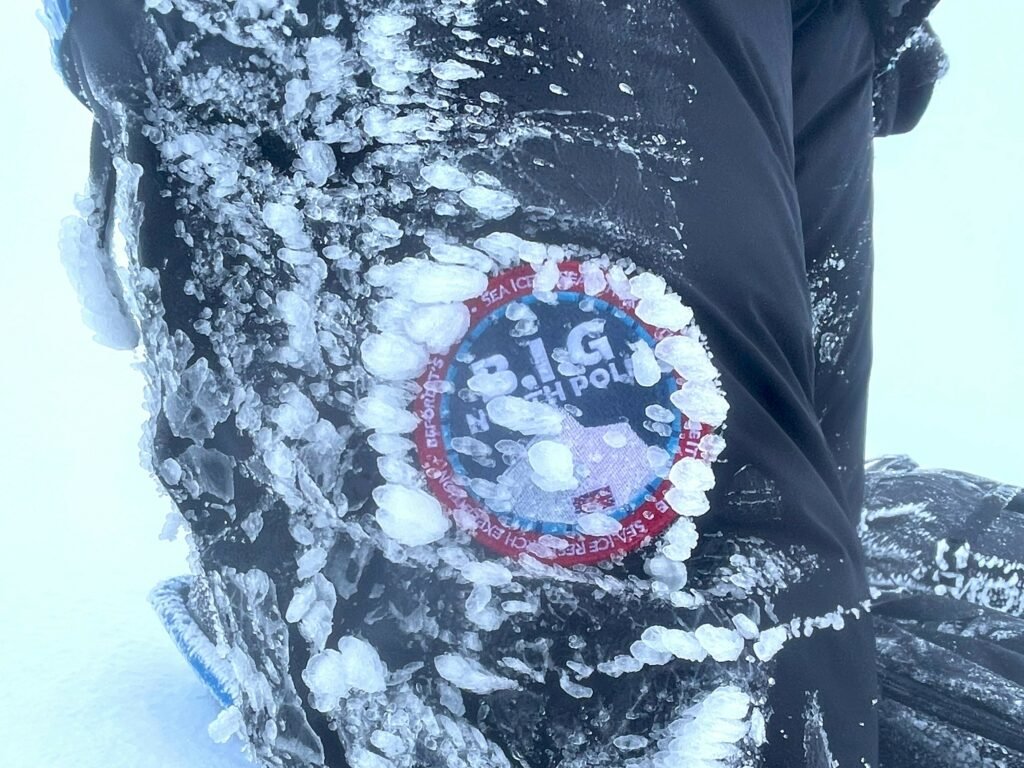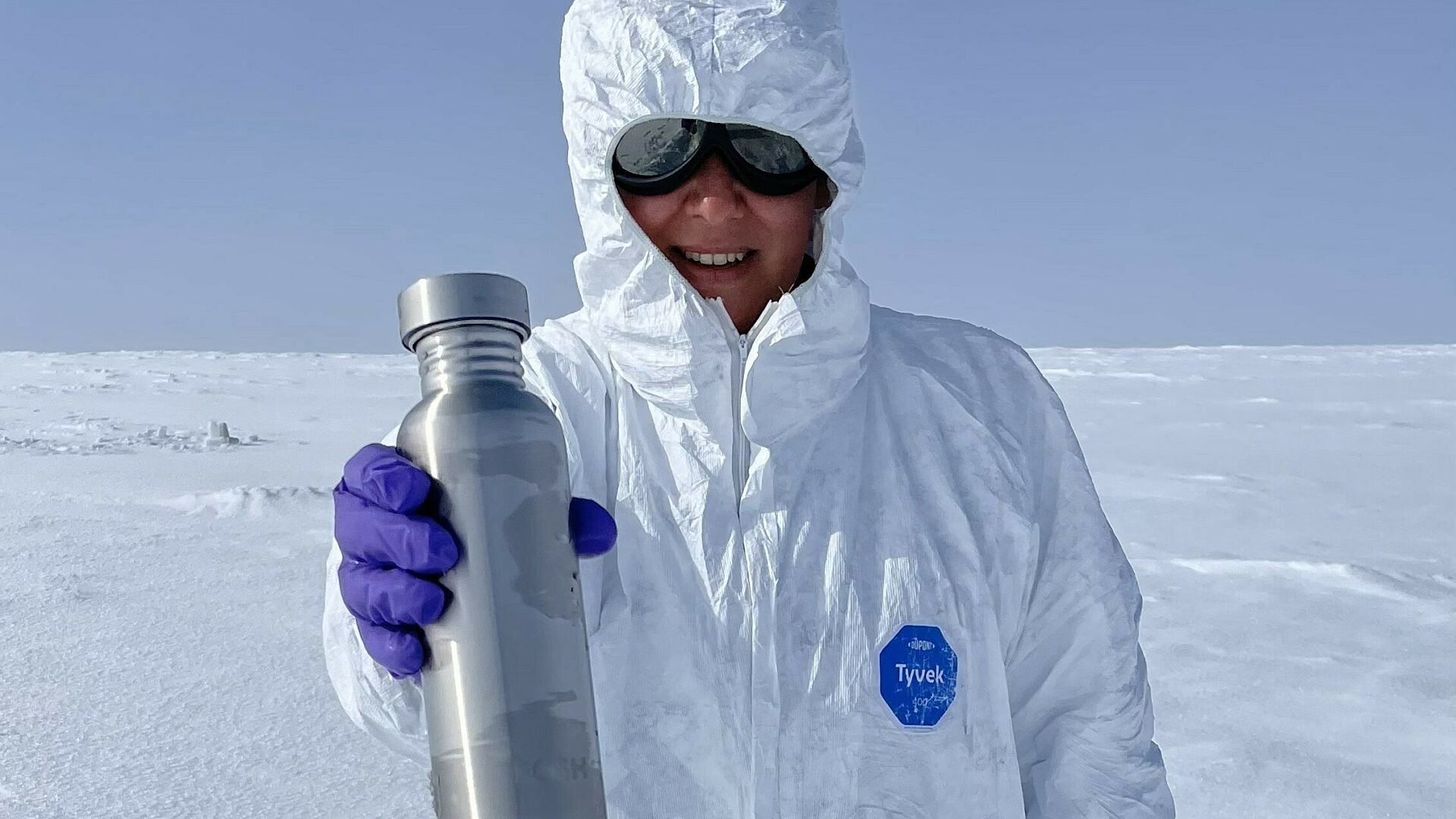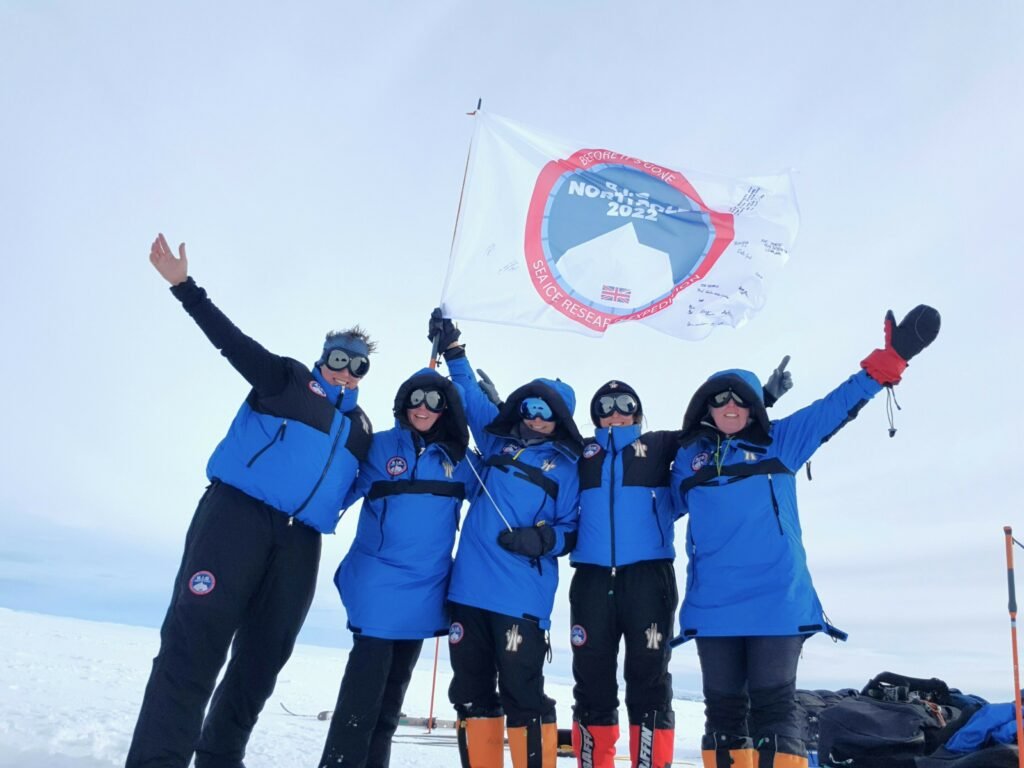Home / The Expedition
Skiing for Science
A scientific exploration of Arctic snow and ice - Before It's Gone
To date, four ski expeditions have been made by B.I.G. Expedition teams.
The first expedition of the B.I.G. project took place in November of 2021. A team of six, led by Felicity, travelled to the infamous Vatnajokull in southern Iceland. Vatnajokull is Europe’s largest glacier and sits on top of a volcano which last erupted in 2010 and is still steaming. The glacier has a reputation for wild weather and it did not disappoint - the team were tent bound in storms and wind for much of the expedition! Primarily a training excercise, the experience taught the team to trust in their equipment and in each other. It also enabled a rigorous testing of the science methodology and sampling routine which resulted in several tweaks and amendments.
The next expedition saw the team in Svalbard in April 2022. They made a ski journey from Barentsburg to Moifjordur and back towards Longyearbyen, taking samples from sea ice in two separate fjords as well as other data from several locations between. Expecting to be challenged by the cold, the team were instead faced with the new reality of polar travel - unexpectedly warm weather and even rain! They returned with 80kg of samples in their sledges.
The following year the team returned to Iceland but this time they travelled to Drangajokull, the northernmost glacier in the country and located just a little to the south of the Arctic Circle. This is a remote and rarely visited glacier but of the right size to enable the team to make a complete traverse of the glacier via its three summits, collecting data at regular intervals along the way. Yet again the Icelandic weather provided plenty of challenges and yet again it was not only the cold but also the unexpectedly warm conditions at times that created problems. An almost complete lack of snow in the access valleys to the glacier was particularly notable (and problematic!)

“We are very pleased to be able to support this fascinating and vital exploration into the impact of global warming and the melting polar ice caps.
We must all play our part in combating the causes of climate change and we are delighted to help this brave and passionate, all female team in their extraordinary endeavours.”
ACENT INVESTMENTS LIMITED
The most recent ski journey:
The Prince Gustav Adolf Sea is one of two areas within the Arctic Ocean where the oldest sea ice accumulates. Moved around by currents in the ocean and atmosphere, the oldest and thickest rafts of ice from across the Arctic eventually drift to an area north of a collection of high Arctic islands in a territory of Canada called Nunavut.
In April 2024 the B.I.G. Expedition team travelled to Nunavut and set out to traverse the Prince Gustav Adolf Sea (PGAS) by ski to collect snow, ice and water samples as well as an array of other data about this fast-changing environment.
In the event, bad weather and the consequent severe logistical delays forced a change of plan. The team were instead dropped by plane on Ellef Rignes Island on the eastern edge of the Prince Gustav Adolf Sea from where they battled yet more bad weather to access Arctic Ocean sea ice. They managed to complete the planned sample collection in five locations but within a more limited area than initially intended and almost entirely during just one 17-hour long session!
Ostensibly, the bad weather may seem to be simply bad luck - but on reflection, the team’s experience in Nunavut is one more demonstration of how climate has huge influence and impact on our ability to collect information about, and understand, the Arctic environment, particularly high latitude Arctic Ocean sea ice. Greater climate instability and extreme weather will only make efforts to plug these data gaps more challenging in the future.
At AST, we are proud to be supporting the Before Its Gone expedition. We understand the pressing importance of the scientific work being undertaken by the group and the need to highlight this to the world. By providing reliable satellite hardware and connectivity, we hope to not only provide the group with a means of reliable communication to keep them safe but also provide them with the opportunity to allow others to follow their journey and amplify the fantastic work they are doing.
- THE AST GROUP















